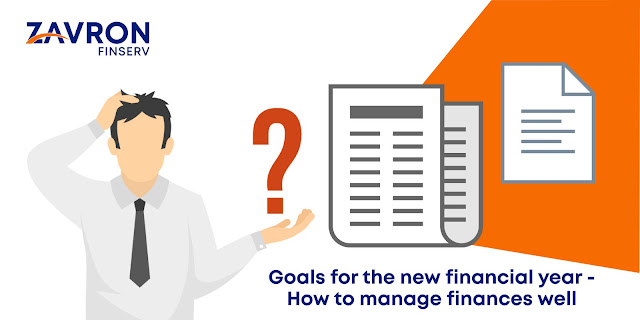How has COVID affected Digital Lending in India?
Most businesses around the globe are suffering significantly in the aftermath of Covid-19, however, a few sectors have had a disproportionate impact, out of which lending is one. For the lending sector and for fintech lending specifically, with several fintech start-ups folding-up, the adverse impact is expected to last for a few years.
Since the current events are unprecedented, assessing future cash flows of individuals and businesses will not be easy and short-term loans will pose significant risk. Loan demand will rise with loss of revenues for businesses and job loss for individuals, hence, the main issue for the sector will be how to underwrite the leads in an effective manner.
Collections, including capital deployed and interests accrued, will be under tremendous pressure which in turn will severely reduce cash flows, leading to very less or no money to pay salaries, bills or make new loan disbursements. People who have lost earning opportunities, including contract workers, other daily wage earners or even businesses will take time to recover and will not be able to pay loan installments. The backlog of loan installments will take 6-12 months to get back on track. Needless to say, many people and businesses will not be able to get payback loans, leading to NPAs.
Many Fintech companies rely on tie-ups with banks and NBFCs for lending and in most cases even guarantee a portion of the loan. In the event of losses on loans, such Fintech lenders will lose their capital and eventually the tie-ups will end. Banks/NBFCs will face their own existential crisis, with many of them opting to reduce lending through the Fintech sector, especially because most Fintech players operate in niche underserved segments which are seen as higher risk segments which are being severely impacted as the spread of virus continues unabated.
The Fintech lending sector was already struggling to raise money due to several crises hitting it hard, including the IL&FS and Yes Bank debacles. With this new crisis, most investors will shy away from this sector, because the recovery cycle will be long, and several business models will no longer be seen as viable and sustainable. Fintechs will have to prove the efficacy of their business models all over again, especially their ability to underwrite and collect effectively before funding resumes in the sector.
Finally, the prediction is that Fintech lenders would have to reduce leverage. Where Fintech lenders have given loss guarantees, they must offer a guarantee on a higher proportion of assets to build more confidence in their business models. Direct lenders must gradually reduce their debt. It would also be a wise idea for Fintech lenders to build a rainy-day fund to tide over difficult times. The money will need to be in liquid fixed return funds, which means lower yield but nevertheless a good practice.
Instant Personal Loan | Business Loan | Used Car Loan | Two Wheeler Loan




Comments
Post a Comment